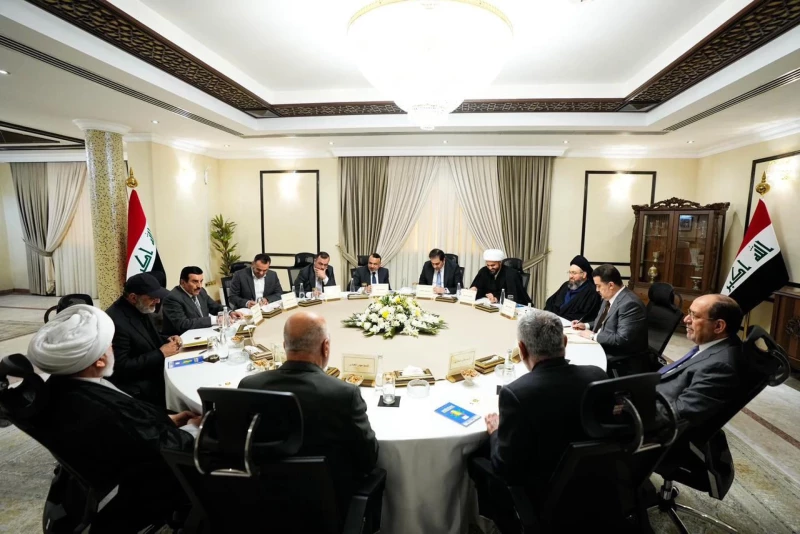ERBIL, Kurdistan Region of Iraq - Eight members of the OPEC+ alliance agreed this week to raise oil production by 137,000 barrels per day starting in October, marking the first step in restoring supplies that were cut in recent years to support prices.
Economic affairs specialist Haider al-Sheikh told The New Region on Tuesday that Iraq’s share of the increase will be 17,000 barrels per day. He emphasized that the adjustment concerns production only, not exports, meaning Baghdad will not receive additional revenues at this stage.
“Iraq currently produces about four million barrels daily, with 3.3 million exported,” Sheikh said. “The country can raise output to 4.5 million barrels per day and exports to 3.8 million, but OPEC+ rules and the need to stabilize global prices prevent that.”
The alliance decision came during a meeting on Sunday that brought together Saudi Arabia, Russia, Iraq, the United Arab Emirates, Kuwait, Kazakhstan, Algeria, and Oman. In a statement, OPEC+ said the move reflects stable expectations for the global economy and strong market fundamentals, highlighted by declining oil inventories.
According to Bloomberg, the agreement signals the beginning of reinjecting up to 1.65 million barrels per day of supplies that had been scheduled to stay offline until the end of 2026. The group also noted it may restore this volume either partially or fully, depending on market conditions and in a gradual manner.
Last month, OPEC+ effectively ended a tranche of voluntary cuts that had been in place since 2023, when eight countries reduced output by 2.2 million barrels per day. That change added 547,000 barrels per day back into the market.
OPEC itself raised its forecast in August for oil demand growth in 2026 to 1.4 million barrels per day, 100,000 more than its previous estimate. The group kept its demand growth outlook for this year unchanged for the fifth month in a row.
But analysts expect actual demand to fall short, as some members are under pressure to offset earlier oversupply, give up their share of production increases, or lack spare capacity to pump more oil.



 Facebook
Facebook
 LinkedIn
LinkedIn
 Telegram
Telegram
 X
X


